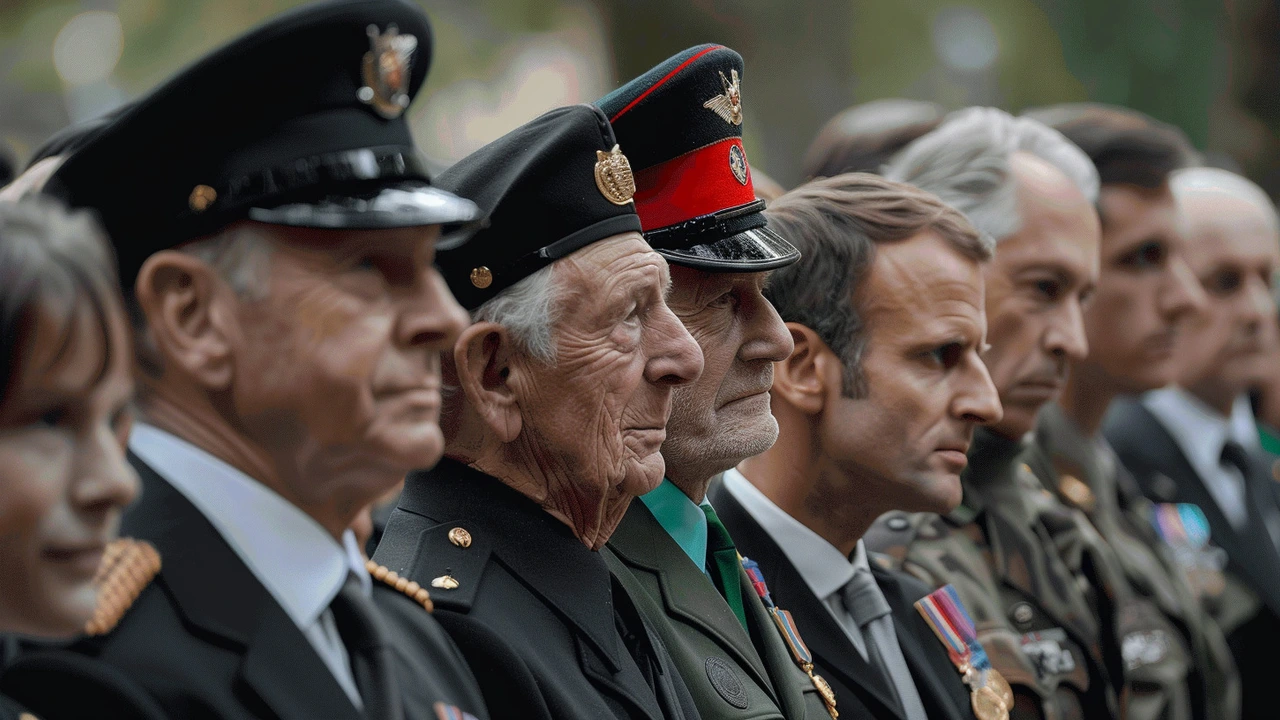World War II: Quick Facts, Major Turning Points and Where to Learn More
World War II changed the map, governments, and millions of lives between 1939 and 1945. If you want a clear, useful snapshot—dates, battles, leaders, and how to research it—this page gives you practical directions without the fluff. Read on for timelines, must-see resources, and tips for digging deeper.
Major turning points to remember
Start with a few anchor events: Germany invaded Poland (Sept 1939), Japan attacked Pearl Harbor (Dec 1941), the Soviet counteroffensive at Stalingrad (1942–43), the Allied landings in Normandy (D-Day, June 6, 1944), and Japan’s surrender after the atomic bombs (Aug 1945). Those moments shift the story and help you place other events on a timeline.
Know the theaters: the European front, the Eastern front (Soviet–German), the Pacific war, and North Africa. Each had its own logistics, leaders, and outcomes. When you read an article or book, ask which theater it focuses on—context matters.
Key people and what they did
Focus on a small list: Winston Churchill, Franklin D. Roosevelt, Joseph Stalin, Adolf Hitler, and Emperor Hirohito. Also watch military leaders—Eisenhower, Montgomery, Rommel, Zhukov, MacArthur. Knowing a few names helps you follow decisions and why battles unfolded the way they did.
Don’t ignore civilian stories. Home-front policies, rationing, resistance movements, and refugee experiences shaped daily life. These personal angles often lead to archives and oral histories that are rich and accessible.
Want reliable books? Try Antony Beevor for battle narratives, Max Hastings for broad overviews, and Ian Kershaw for Hitler-focused analysis. For documentary evidence, reach for digitized collections instead of relying only on secondary summaries.
Online research tips: search specific dates, battle names, and unit numbers. Use quotes for exact phrases ("Operation Overlord"), add site:gov or site:edu to find primary documents, and check library catalogs for unit diaries or wartime newspapers.
Museums and archives worth visiting: the Imperial War Museums (UK), US National Archives, the Bundesarchiv (Germany), and the Arolsen Archives for displaced persons records. If you travel, visit Normandy beaches, the Yad Vashem museum in Israel, or memorials in Russia and Poland—go respectfully and read local context panels first.
Primary sources: wartime letters, government memos, radio broadcasts, war crimes trials transcripts, and oral histories. Many are digitized now—look for translation notes and provenance to assess authenticity.
If you’re writing or teaching, structure topics by cause, major campaigns, and aftermath—political, social, and economic. Use timelines, maps, and short personal stories to keep readers engaged. Questions? Narrow your interest (a battle, a country, or personal stories) and I’ll point you to the best sources or reading list tailored to that focus.

